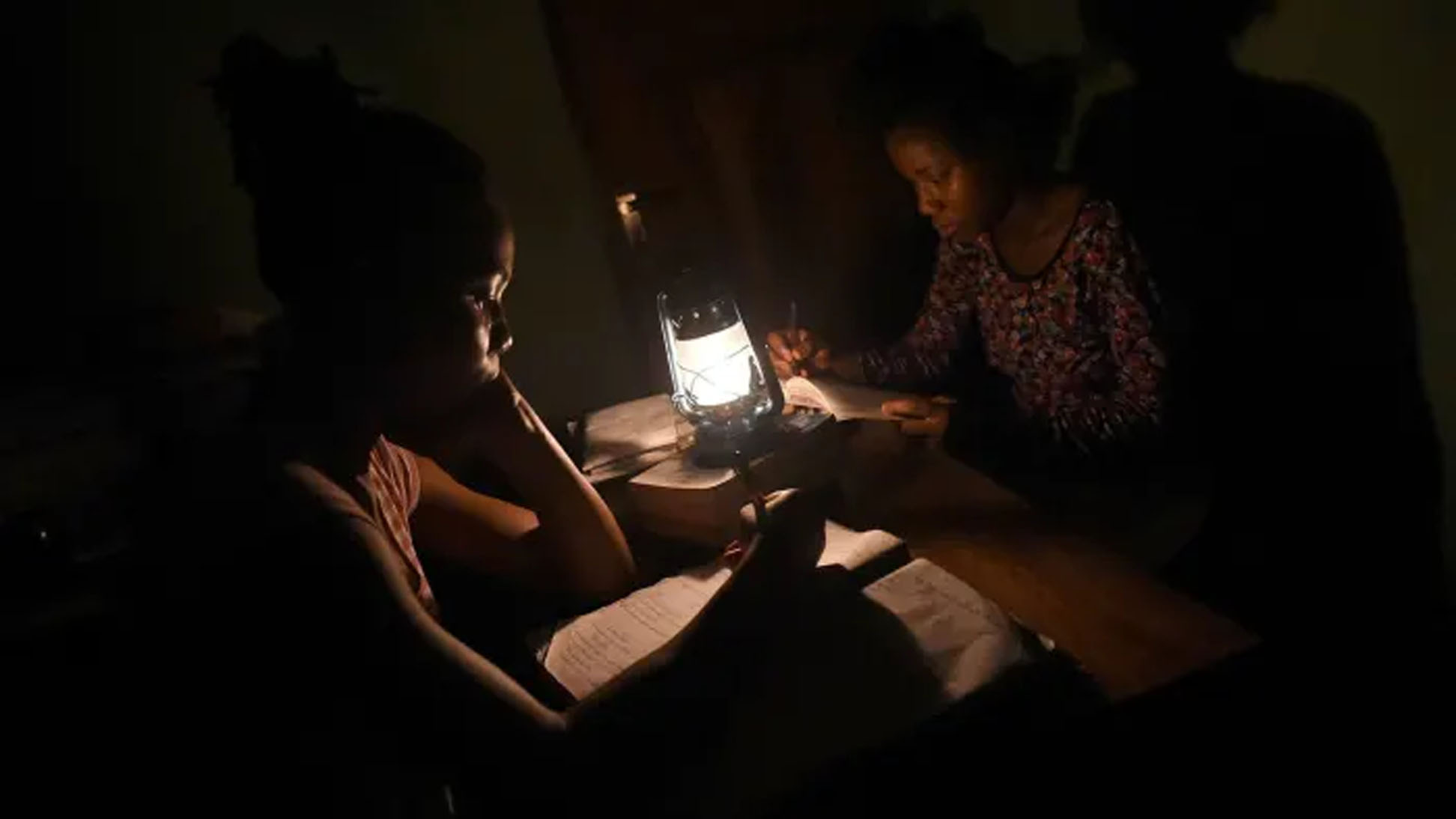Over 98,000MW Demand vs. Half the Population in Darkness

Nigeria’s energy landscape is at a critical juncture, with demand surpassing 98,000MW for a population of over 200 million, yet over half remain without reliable electricity. Despite an installed capacity of 12,522MW, infrastructure shortcomings plague the nation’s power grid. Initiatives like the National Integrated Power Projects and privatization efforts have fallen short, leaving many communities in darkness.
Thank you for reading this post, don’t forget to subscribe!
However, amidst these challenges, the Nigeria Liquefied Natural Gas on Bonny Island stands out as a beacon of self-sufficient power generation and community contribution. This decentralized energy generation model presents an opportunity for Nigeria to revitalize its industrial sector and bridge the energy deficit.
The recent ratification of Nigeria’s Electricity Act (Amendment) of 2024 empowers states, businesses, and individuals for electricity generation, transmission, and distribution. It marks a shift towards a more equitable and community-centric energy model, with a portion of GENCOs’ expenditures allocated to uplift host communities.
Despite these strides, challenges persist, including energy access shortfalls, underutilization of renewable resources, and sector inefficiencies. This underscores the need for a cohesive, sustainable, and decentralized approach to energy generation, aligning with the national vision of industrialization and energy sovereignty.
Plant-to-grid coordination emerges as a transformative strategy, integrating renewable energy solutions into industrial operations. Solar PV, wind turbines, and other renewables not only fulfill plant energy needs but also contribute surplus energy to the national grid, fostering a mutually beneficial relationship.
The financial implications of this transition vary, with upfront costs for solar PV and wind projects offset by long-term operational savings. A supportive policy environment, offering incentives like feed-in tariffs and green financing options, is crucial to overcoming financial barriers.
Plant-to-grid coordination represents Nigeria’s pathway to a sustainable industrial future, offering tangible benefits such as carbon footprint reduction, operational expenditure savings, and job creation. Positioned at the forefront of green industrialization, Nigeria sets a precedent for emerging economies to follow suit in pursuit of a sustainable and prosperous future.





